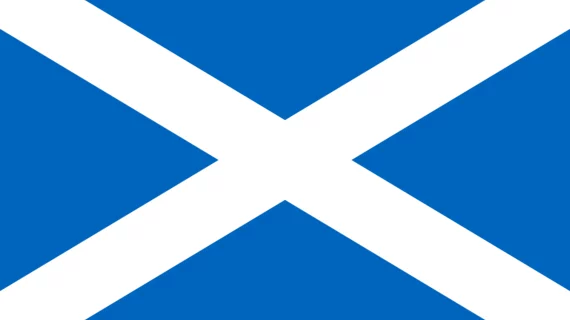5 critical things to know about Scotland’s radiologist shortage
By now, the radiology crisis in Scotland has been well-publicized. A shortage of dozens of certified radiologists in the country prompted a national search in February and is making way for an overhaul of healthcare practices in the U.K.
Now, several years into the radiologist deficit, Scottish health leaders are telling the Radiological Society of North America that while officials are scrambling to ease practicing radiologists’ workloads, they’re focused on a long-term fix.
Familiarize yourself with the situation with these five takeaways:
1. It’s not just Scotland that’s suffering.
In fact, the U.K. as a whole is well below Europe’s continental average for radiologists per population, the RSNA wrote. The U.K. averages 7.5 radiologists per 100,000 population—five full positions below the European average of 12.7 radiologists per 100,000 population. The U.S. is estimated to have around 11.4 radiologists per 100,000 residents.
2. The NHS isn’t looking to slap a band-aid on the problem.
“There are short-term solutions underway, but the long-term strategy has to be producing more radiologists,” Grant Baxer, MD, chair of the Scottish Standing Committee of the Royal College of Radiologists, told the RSNA.
Baxer said the current reality presents an opportunity to build a whole new radiology model in Scotland—one that would significantly increase the number of radiology trainees each year.
3. Radiologist demand is increasing at a much quicker rate than trainees are graduating.
The increase for demand of radiologists in Scotland has been steadily rising at a rate of around 11 to 13 percent each year. In contrast, the number of radiologists trained in the country in the past half-decade has increased by around 1 percent per year, the RSNA wrote.
The U.K. has the third-lowest number of radiologists of 31 European countries.
4. Not only is Scotland scraping for new radiologists—they’re losing established ones, too.
In Scotland, where radiologist numbers increased by just 3 percent between 2010 and 2015 and imaging workload increased by 55 percent in the same time period, 10 percent of radiology posts remain unfilled. Still, more than a fifth of the U.K. radiologist workforce is expected to retire in the next five years, the RSNA reported, generating more urgency.
5. The Scottish government has already poured millions of pounds into recovery efforts.
In 2017, the NHS announced it was funneling 4 million pounds into radiology programs to improve patient services and increase the number of specialty training sites in Scotland. Beginning in 2018, the government also said it would be funding an additional 10 radiology training posts each year for five years.
“I’m very happy where I am,” Dutch radiologist Edwin Van Beek, MD, PhD, who’s been practicing in Scotland since 2009, told the RSNA. “And the academic side of radiology is well-supported. The capabilities here are immense, with a full national PACS and images that are available nationally...there are a lot of opportunities for big data research.”

